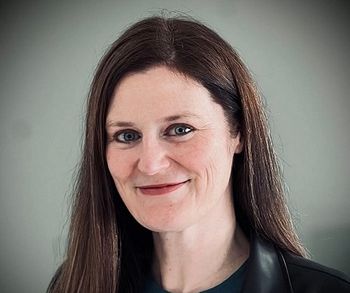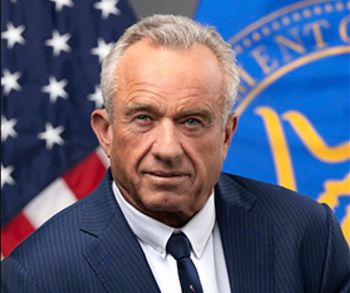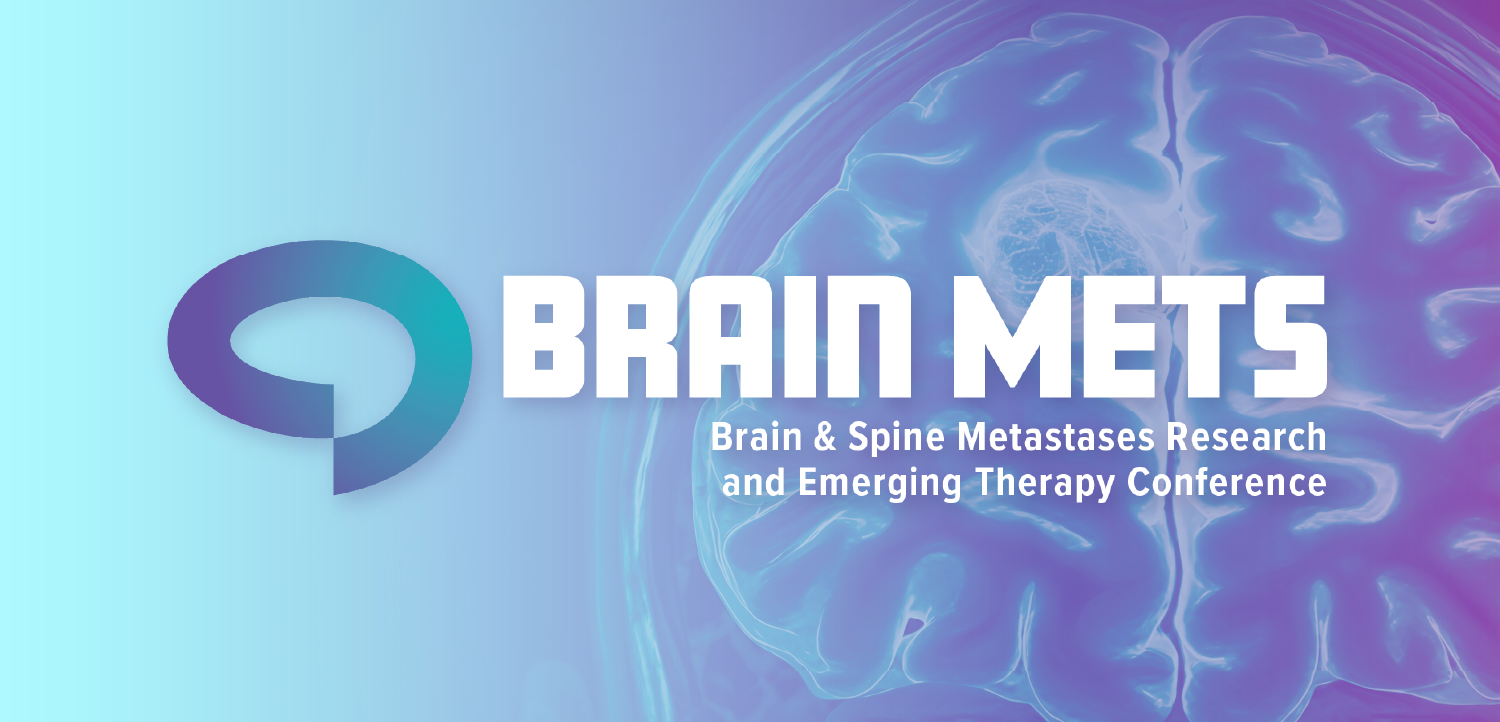
City of Hope is using AI to advance cancer research and treatment | ViVE 2025

At the ViVE conference, Simon Nazarian and Nasim Eftekhari discuss how the health system is aiming to use artificial intelligence to help patients and providers.
Nashville – City of Hope is aiming to use artificial intelligence in a host of ways, from easing burdens on clinicians to reimagining cancer research and treatment.
Simon Nazarian and Nasim Eftekhari are two of the key figures at
They sat down with Chief Healthcare Executive® for a conversation at the ViVE digital health conference Wednesday, the final day of the event. They discussed the ways AI is transforming cancer care.
“It’s the acceleration of bench to bed,” Nazarian says. “When it comes to research, how are we able to get our discoveries into clinical trials and as part of a standard of care is a great application. We have the opportunity to accelerate the science, and it's very exciting.”
Eftekhari cites progress in using AI to document patient visits, saving time and stress.
“The most important thing, I feel like, is making our doctors and nurses more efficient, be happier, be able to spend time with their families, instead of having to write notes,” Eftekhari says. “So that's one thing, and I think that really impacts patient care and patient outcomes.”
City of Hope is conducting research in the diagnostic space with AI and imaging.
“We are working on a project that gives me goosebumps every time I sit down with the team,” Eftekhari says. “We are looking at digital pathology images, and we are trying to see if we can predict gene mutations. With early results, it's very promising. So that means that you're saving patients a lot of painful biopsies that needs to be done.”
Another area of research at City of Hope involves using AI to examine what happens in gene expression when a cell becomes cancerous.
“This could be used, hopefully for early detection and prevention of cancer, or letting you know before you get a cancer,” Eftekhari says. “And some of these trajectories are really not very intuitive. Gene expression goes down, then it goes up when the cell is actually cancerous.”
City of Hope is aiming to understand the evolution of cancer from clinical data, genomics, the social determinants of health, and any other available data. “We try to use multimodal AI models and try to make sense of what happens,” Eftekhari says. “How does cancer evolve?”
Nazarian again points to the goal of using AI to increase the speed of developing new approaches to care.
‘The whole acceleration of bench to bed is really, really important, because it also leads to bespoke therapies,” Nazarian said. “More and more we can use all of that longitudinal view of the patient to create the right bespoke therapies for them, based on their background, based on their ethnicity, how it affects different people in different ways, etc. It's really impacting how you create precision health, precision medicine.”
Nazarian joined City of Hope in September 2024. While he brings significant experience in the healthcare industry from holding leadership roles at Optum and Kaiser Permanente, Nazarian also has worked outside of the industry, including stints at Sony Pictures and Toyota.
“From my perspective, it's all about problem solving, using technology to solve problems for business, for the consumer, etc.,” Nazarian says. “And I think what comes with me is the demands of the consumers in those other industries really set the tone of what the patient or consumer experience should be.”
“Within healthcare, our patient experience overall has been lackluster, to a certain extent,” he says.
Nazarian says he wants to use technology to improve the patient experience.
“We are treating patients at the most vulnerable time of their lives. So, we want to make this as easy as possible for them to navigate,” Nazarian says.
In the future, Nazarian envisions using tools such as facial recognition technology to revamp how patients enter a cancer center.
“You walk in, there is no check in. We'll text you: ‘Please go here.’ Or there's a board that says, ‘Hello, so and so, welcome.’ Please proceed to the third floor, and we are able to alert folks that ‘so and so’ is here … within three minutes, you will be in your infusion bay,” Nazarian says.
“The technology is there. We just have to figure out,” he says.
He also sees more potential to use AI to examine ways to customize the experience for patients.
“We have data about the patient journeys as well,” Nazarian says. “We know what worked, what hasn't worked, so we can really start creating experiences that are tailored for our patients. Because cancer is not just one thing, it's 100 different things.”
As enthusiastic as she is about AI, Eftekhari also says it’s important to acknowledge its limitations, including the potential to rely on medical data that reflects bias to certain groups.
“We have seen how an algorithm can be biased towards or against populations,” she says.
Still, Eftekhari says she sees the potential to help underserved communities. At City of Hope, researchers are using AI-powered tools to identify Black patients who smoke and may be less likely to be screened for lung cancer.
“We are designing a workflow that we can reach out to them actively and make sure that they are being screened. Because we see that there is a large disparity on cancer in these communities versus others, and the real reason for that is non-adherence to screenings, and that's something that could easily be solved,” she says.
But she says its “simple” from a machine learning perspective, it’s more challenging to make it work in practice.
Nazarian says AI offers the potential to improve health equity.
“We are able to take our standard of care and be able to get it closer to folks who may not have access,” he says.
Nazarian says he’s excited about “getting care closer to the patient.”
“I want to utilize this opportunity to change the experience,” he says.






































